No one knew what became of Grandpa’s two woollen jumpers. They were last seen in the 1970s: it was rumoured they were thrown away by my grandmother, or possibly eaten by moths.
Grandpa, for the most part, wanted to forget the war. He didn’t much want to talk about the Normandy landings, but he did keep these two souvenirs from his service elsewhere. They were heavy and oily garments, with intricate patterns that suggested days of needlework through sunless winters. Family folklore had it that they were knitted by Grandpa’s girlfriend, who he met while serving at an Arctic navy base that was forever buried under snow drifts. Thirty years after the jumpers vanished, Grandpa passed away. Where they had come from, who had knitted them — these things remained a mystery.
A single clue remained: my school project on Grandpa’s second world war experiences contained the name of a base: “Sibol.” This, research revealed, was really “Saebol” — a tiny village on the Hornstrandir peninsula, perched at the remote northwestern edge of Iceland (also the northwesternmost point of Europe). Here the Royal Navy had built a radar station on the precipice of a 500-metre high cliff, perched like an eyrie over the North Atlantic breakers. Two miles away was the village where they could buy fresh sea trout (and perhaps have the company of Icelanders).
After the war, the base fell into ruin: later the village and then the whole peninsula were abandoned, for their remoteness made them unviable. Hornstrandir is now a nature reserve without permanent human habitation — guidebooks call it “Europe’s last wilderness” or a land at “the end-of-the-world”.


Through the summer of 2024 I scanned the few existing images of the base and studied the pixels that attested to its presence on Google Earth. Then, one stormy week in August, I caught a flight to north-west Iceland, boarded a little ferry at Ísafjörður and finally saw Hornstrandir with my own eyes through a spray-soaked porthole: a grey silhouette rising from heavy seas. There are no harbours here so, after a 40-minute crossing, we transferred from the ferry to an inflatable launch and landed with a crunch on the black sand beach. The weather was worsening: tomorrow the ferry would not sail, the captain had warned. I was stuck on Hornstrandir, left to solve the mystery of the two woollen jumpers.

The Hornstrandir peninsula is part of the Westfjords — a mountainous part of Iceland that covers an area larger than Slovenia, but which has a population of just 7,000. The Westfjords’ first recorded visitor was the Norseman, Flóki Vilgerðarson, in the 9th century. He had sailed from the Faroes with three ravens. When released out at sea, the birds would fly high to scan the horizon — the boat would then follow the path of a raven who had spied dry land. Days later, Flóki looked out over a fjord full of icebergs and gave the country the name it still has today.
The Westfjords get a fraction of the tourists who tour Iceland’s Golden Circle and the south, in part because of the effort of getting here. The largest settlement, Ísafjörður, is 140 miles as the crow flies from Reykjavik, but a driver must cover double the distance, the roads tortuously looping up and down a succession of fjords, like a pencil tracing the fingers of an outstretched hand. The reward is seeing Iceland as it was before the tourist explosion of the 2010s: before its vast landscapes became stage scenery for Hollywood films and influencer selfies. There are quiet fishing villages, the great waterfalls at Dynjandi, fewer crowds.


The outlier is the Hornstrandir peninsula itself — where the northernmost finger of the Westfjords comes within three miles of touching the Arctic Circle. Hornstrandir is cut off from the rest of the Westfjords by a glacier on its neck, meaning there are no roads to drive, scant reception to make social media posts.
Here, instead, you get an impression of the country as it was centuries ago — when the only way to travel was on foot, horseback or under sail. In Hornstrandir’s most remote parts, you see Iceland as it might have appeared to the black eyes of Flóki’s ravens: a virgin landmass newer than the New World, for this land had never before known human footfalls.
Only a lighthouse guarded the shore as the boat left me, my cousin Toby Smith (also on the trail of his Grandpa) and our guide Doug Robinson on the beach at Slétta. Sea sickness eased as we climbed the brittle volcanic rock. Greylag geese flew overhead. It would be a nine-mile hike to Saebol, where we intended to camp for two days as we explored the peninsula. Beyond the lighthouse, the only marks of humanity were telegraph poles erected by the British during the war, standing like the Narnia lamppost out in the tundra.


From the deck of an approaching ferry, Hornstrandir can seem lifeless and lunar: grey cliffs, becoming rusty red on their vertical flanks. Close up, you see it is a place where life clings on tightly, in defiance of winds that rage up to 100mph. Puffball mushrooms sprout in the lee of boulders. Bonsai birch trees grow sideways, hugging the ground.
“There’s an old joke,” said Doug. “If ever you find yourself lost in an Icelandic forest: stand up.”
Hornstrandir turns out to be rich foraging territory — we pick sour blueberries from soft beds of moss. Elsewhere are small patches of rhubarb — vestiges of gardens from houses that no longer exist. The appeal of hiking here is roaming a uniquely raw wilderness — one largely without paths and without shelter from the elements. At one point we are forced to cross a river that has burst its banks, the icy water sloshing up to our kneecaps. Another time, a vengeful gust rips the waterproof cover from Doug’s rucksack, and carries it over a cliff edge: we watch helplessly as it spirals high over the sea.
Most tourists come to Hornstrandir to see Iceland’s only native land mammal — the Arctic fox — little grey creatures for which this is a precious stronghold. Later, one scampered along a beach in front of us, a fish tail hanging from its mouth. But more often our conversation centred on another animal.

Polar bears are not native to Iceland, but they do inhabit the coast of Greenland, 180 miles across the Denmark Strait. It sometimes happened that a bear was chased out of its territory on to unfamiliar pack ice. Come summer, the ice could splinter: an unlucky bear might find itself cast adrift, sailing on a frozen raft under the midnight sun. After days at sea, the currents brought many to Hornstrandir.
I found records of over 130 bears making landfall in the Westfjords — the first in 1321, the most recent in 2011, with three locals killed by the animals in between. The protocol is for a coastguard helicopter to be dispatched with a marksman — but mostly it is a case of false alarms. Nervous hikers have reported seals or boulders. Doug recalled panic two years ago over footprints made by a swan. Hornstrandir was a place of mirages — even so, it was worth being cautious. “By now,” he said, “we are overdue for a polar bear.”
Three weeks after we returned, a young polar bear was shot across the bay from Slétta.
Grandpa also arrived by sea, albeit via Reykjavik. His wartime posting in Hornstrandir was not one of glory or heroism. But it is the first record I have of anyone in my family or my ancestors leaving Great Britain. Here, he would have seen unfamiliar sights: the nightly dance of the aurora, the leaping humpbacks in the fjords, a poor population who still gathered seabird eggs from springtime cliffs, suspended on fraying rope.
This remote base offered sanctuary from the horrors of the battlefield — a serviceman could stand on a cliff at the westernmost edge of Europe with the polar wind in his face, and all the turmoil of a continent at war behind his back. No German bomber would reach him here. More significantly, Grandpa was also witnessing the last days of permanent habitation on Hornstrandir.



For some hours we followed the so-called “green cliffs” of Hornstrandir — great precipices that curved upward like cutlasses, and then fell into air and writhing seas. Eventually the clouds thinned to reveal buildings to the north: a red-roofed church and a handful of houses dotted along a bay. This was what remained of Saebol. Surprisingly, its houses were not ruined — drawing closer we saw one building that looked brand new. Its owner was a tall pensioner with rain-splattered spectacles, and a pipe hanging from the corner of his mouth. Einar Hreinsson had made it his mission to revive Saebol as a living village, albeit only for the summer months.
“This is the most precious place on the planet,” he told me. “That is why our family had to return.”
Einar welcomed us into his home, built during the pandemic, where he and his wife Anna are resident from May to late August. Over a lunch of smoked trout and hot chocolate served in Moomin mugs, he told us the story of the village. For centuries, Saebol lived off the Atlantic. In a good week villagers could net a dozen tonnes of cod. In a bad year they could lose 12 men to the ocean. By the 1940s, people had battery-powered radios: they knew of the “madness” that had gripped Germany. They were afraid the day that warships appeared in the bay.



When it was, in fact, British servicemen who stepped ashore, Einar’s grandfather and great uncle presented themselves as the village’s only English speakers. They were glad to find employment with the Royal Navy: helping my Grandpa and two-dozen comrades heave strange equipment to that wind-blasted clifftop (a location they privately considered “crazy”). Rumours circulated about what the radar was looking for. Einar leaned in to me and — as if spies were listening — whispered the word: “Bismarck.”
The servicemen and the locals got on famously. Local children saw moving pictures for the first time as film reels whirred in the mess: they also tasted solid chocolate. Grown-ups became hooked on gifted cigarettes and were invited to the base, where they were waited on like “kings and queens”. This desolate Arctic posting turned out to be a blessed one: Einar’s grandmother remembered the servicemen “cried when they arrived, and cried when they left”.
But by the time the war was over, Saebol had had a glimpse of the modern world. Soon after, the local doctor departed, and towns on the “mainland” offered work on modern fishing boats. The migration happened rapidly: Hornstrandir was abandoned between 1948 and 1952: furniture piled into boats, horses and family dogs slaughtered, houses left to decay. The day she left, Einar’s grandmother hysterically threw her possessions on to a bonfire by the shore. On the “mainland” she never recovered from the pain of that departure from Hornstrandir. “I wish she could see that we are back here now,” said Einar.



Storms were forecast so Einar insisted we forgo our tents, and stay at his house instead. He also showed us around his village, unlocking the old schoolhouse where ancient desks were carved with initials. We visited the church whose chandeliers swayed in the shadows as the bell tower shook in the wind. We also met other families who had returned to their ancestral land to build new summer homes: who now had the financial means to revive a settlement that had existed since the time of the longships and the three ravens.
We knocked on the door of five houses: met about 20 people, some of whom were staying here for the summer, others holidaying for a weekend. But no one had heard of the girlfriend, nor knew who had knitted the two jumpers. September was coming: people would soon be leaving. Plywood was being affixed to windows before the snows came.
“We will keep investigations ongoing,” said Einar, the day we left. But he knew, as we did, that our questions had come two decades too late.
From Saebol, a path led up a steep incline and on to the mountain plateau. Sleet began to fall as we made our way to the radar base, becoming snow on the higher ground. The village houses were far away when a Nissen hut appeared from the fog. No scavengers had been to Admiralty Experimental Station Seven, nor had any plants overrun it. There was still coal in the bunkers, and on a diesel engine you could read “DURSLEY” — the Cotswold market town where it was made.
Rather it was the Arctic weather that had prized the base apart: storms that had smashed its glass, turned brickwork to rubble. Just a few paces from the huts was the cliff edge, dropping into mist. Breaking waves sounded from 500 metres below. One serviceman had described this hazard in his diary. You could sense vertigo in the wobbly way he had written the word — “sheer”.
Now, at a time when the world seemed to stand on another precipice — when another “madness” seemed to be taking hold — I wondered if these remote heights might ever again present themselves as a hideaway, a safe retreat. I thought too, of Grandpa, wearing his jumpers. Though we would never find out who knitted them, we would later find black and white images of him at the base: smiling among the snowdrifts, a pipe hanging out of his mouth.
I was glad I had followed in his footsteps, I thought, as I went to inspect the wreckage of the radar itself. From this lonely latitude, for months on end, the operators sent wave upon wave of invisible light out across the wide expanse of the ocean. Then they would wait for their instruments to register something — those returning echoes which indicated a presence, out of sight.
Details: how to visit Hornstrandir

Hornstrandir is the most remote part of the Icelandic coastline — conditions can be extreme and help distant, so hiking is only generally undertaken between June and August. Travel here can be akin to an expedition; it’s wise for all but the most experienced hikers to go with a guide.
Borea Adventures (boreaadventures.com) operates as a one-stop shop for Hornstrandir trips — as well as operating the ferry from Ísafjörður, they offer guided walks in the interior, with a three-day traverse of Hornstrandir from £938 per person.
Most visitors to Hornstrandir will need to camp at the free campsites. Borea is also able to organise stays at Kvíar Lodge — an off-grid farmhouse on the southern side of the peninsula that’s renowned for Arctic fox watching opportunities (and can be visited during winter too).
Ísafjörður, the staging post for Hornstrandir adventures, can be reached by either a six-hour drive from Keflavík International Airport, or a 45-minute flight from Reykjavik airport with Icelandair — get a window seat as the landing is a spectacular one (icelandair.com). Stay at the Hotel Ísafjörður overlooking the bay, with rooms from £120 (isafjordurhotels.is).
Oliver Smith was a guest of the tourist board, Visit Westfjords (westfjords.is).
For more on this chapter of history, see Jökull Gíslason’s book Iceland in World War II — A Blessed War (Sæmundur).
Find out about our latest stories first — follow FT Weekend on Instagram and X, and subscribe to our podcast Life & Art wherever you listen

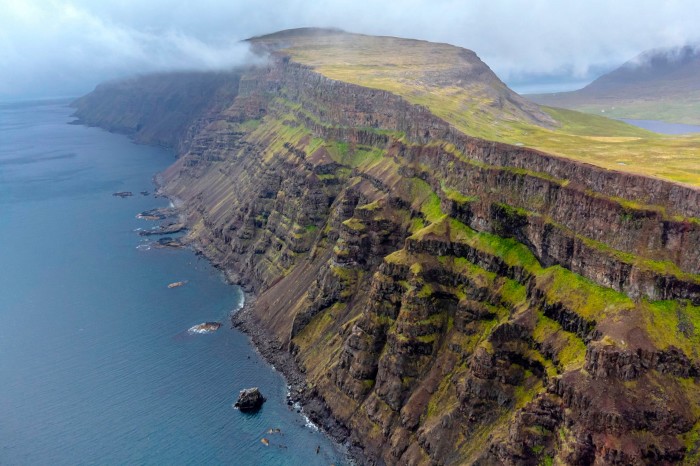









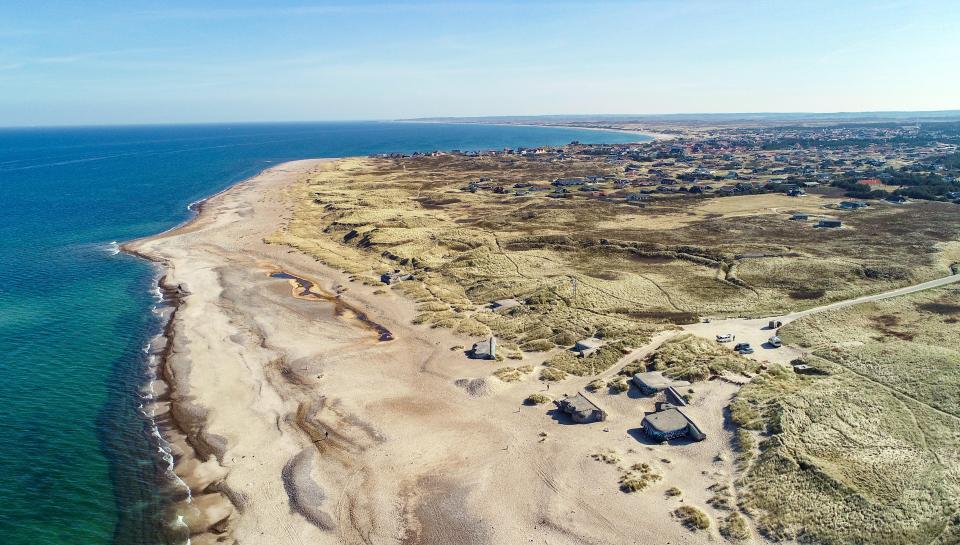
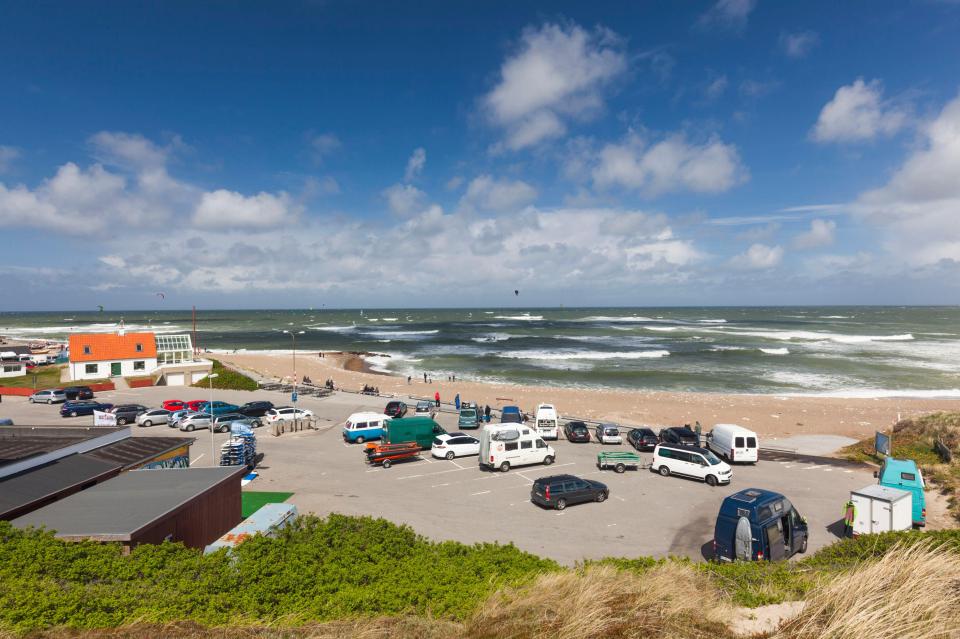

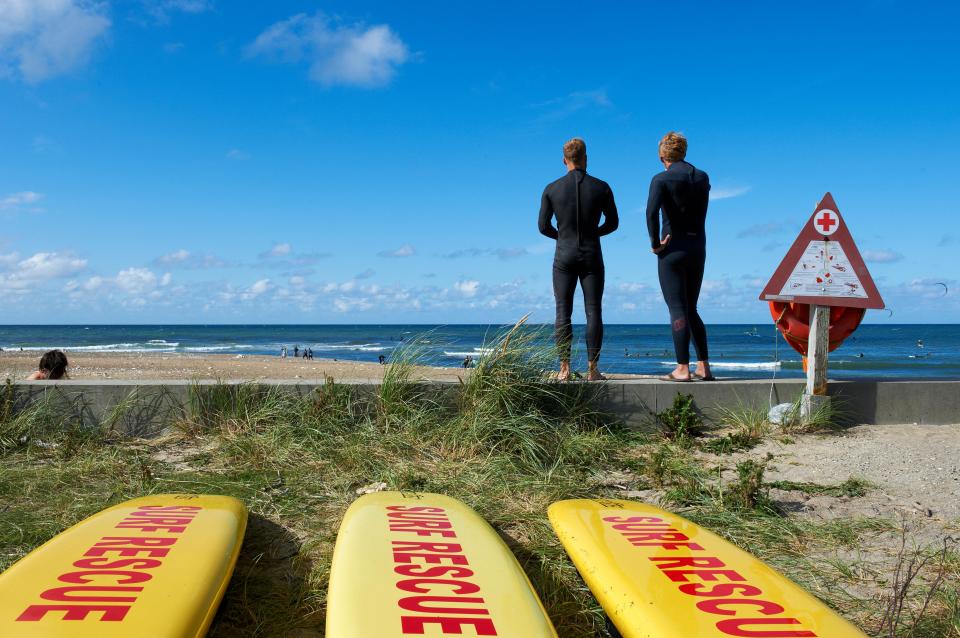
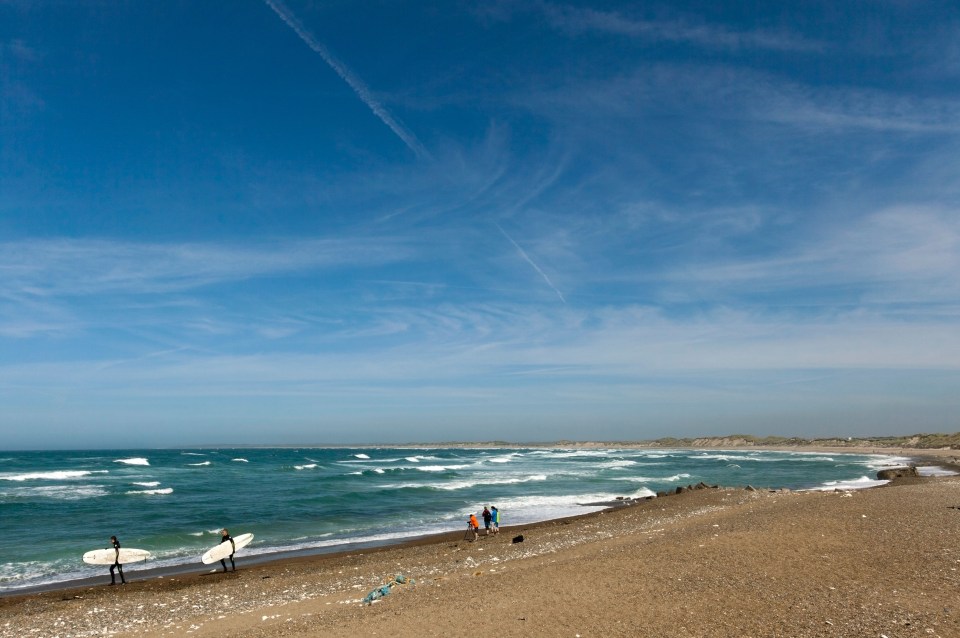






























































































































You must be logged in to post a comment Login